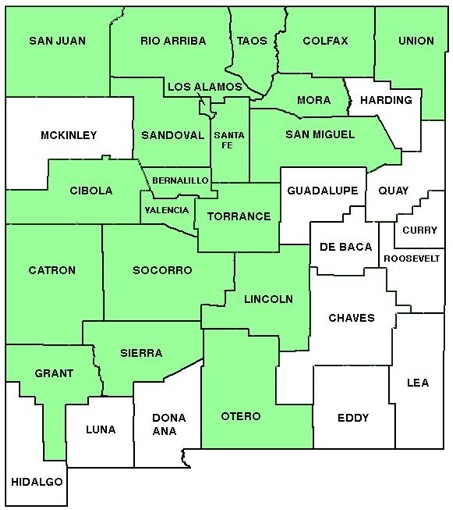WILDFLOWERS OF NEW MEXICO

Look for slender, pale yellow to reddish-purple stems 3–16-inches tall sprouting from leaf litter in open, mountain forests. Lacking chlorophyll, coralroots depend on root fungi to absorb nutrients from decomposing organic material. The Latin name, striata, refers to the reddish stripes on the sepals, petals, and lower lip of the flower. A pure yellow form without stripes also occurs.
FLOWERS: April–July. From 5–35 tiny but showy flowers on upper half of each stem; 3 spreading petal-like sepals, 5/16–3/4-inch long (8–18 mm), reddish or yellowish with red-purple stripes, curving around the petals; 2 arching upper petals, 1 lower petal (lip) 1/8–1/3 inch long (3–17 mm), with 3–5 reddish-purple stripes; note the lip is unlobed and cupped with the edges slightly upturned.
LEAVES: None.
HABITAT: Dry, moderately shady areas with humus, leaf litter; oak-pine, spruce-aspen-fir forests.
ELEVATION: 7,000–10,600 feet (Sandia Crest).
RANGE: Western U. S. through Great Lakes; Canada.
SIMILAR SPECIES: 5 coralroot orchids grow in NM. The lip of Spotted Coralroot, C. maculata, is white with reddish-purple spots and has two spur-like lobes at its base. Spring Coralroot, C. wisteriana, has a spotted lip without basal lobes.
NM COUNTIES: Widespread in NM mountains: Bernalillo, Catron, Colfax, Grant, Lincoln, Los Alamos, Mora, Otero, Rio Arriba, San Juan, San Miguel, Sandoval, Santa Fe, Socorro, Taos, Torrance.









STRIPED CORALROOT
CORALLORHIZA STRIATA
Orchid Family, Orchidaceae
Perennial herb



























THE CONTENTS OF THIS WEBSITE ARE COPYRIGHTED AND CANNOT BE USED
WITHOUT PERMISSION OF GEORGE OXFORD MILLER



































Range Map for
Corallorhiza striata
Lower lip slightly cupped and with reddish stripes.









EMAIL ME







